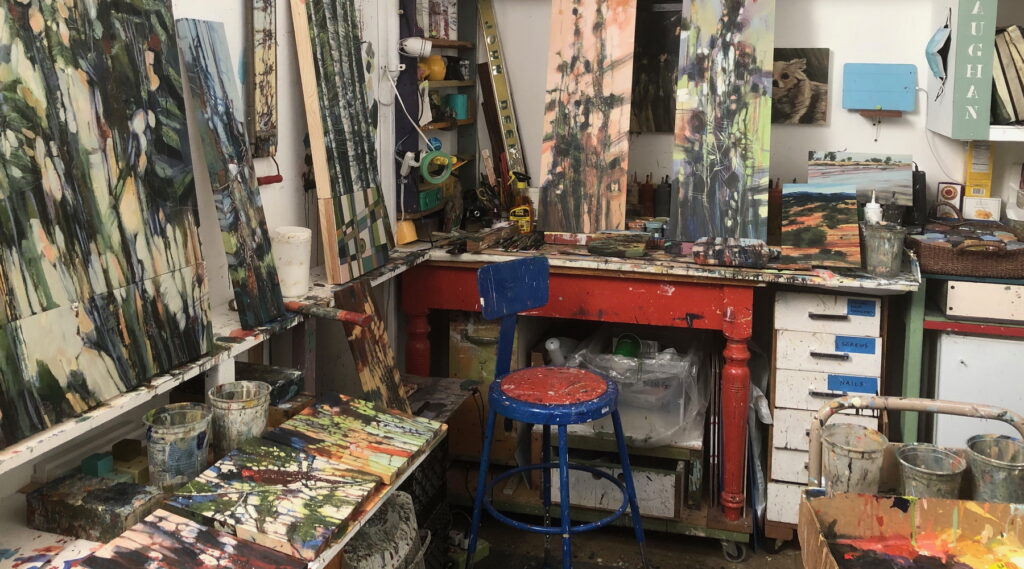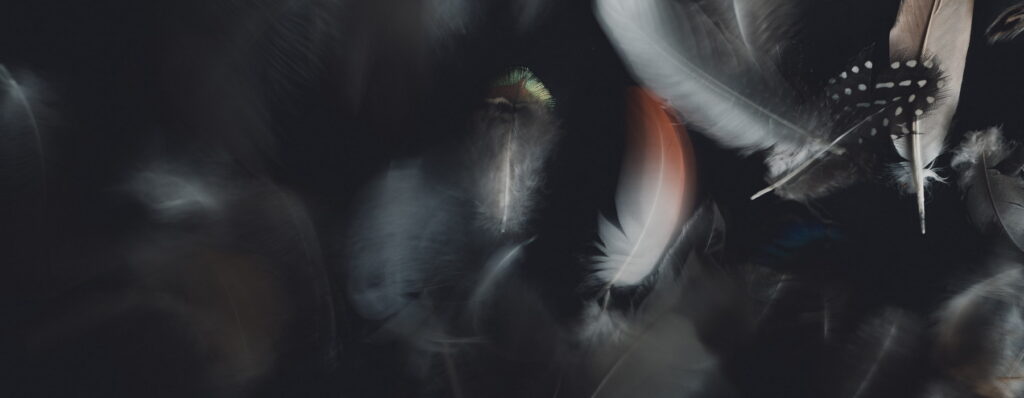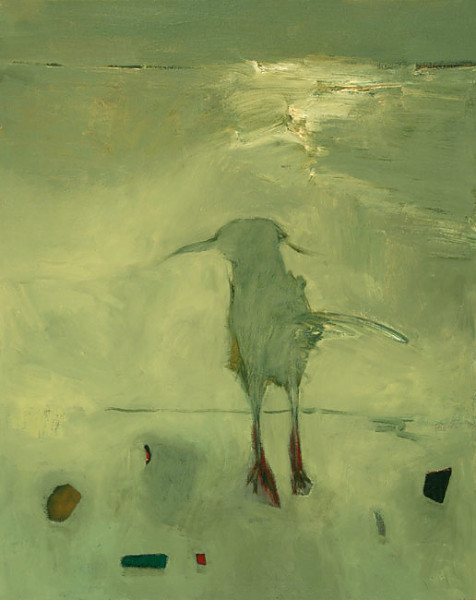Writer’s Notebook: “Release and Hold Harmless”
Published February 2022, Issue #15

Once I began to sink into this issue and think deeply about how written art can make beauty of loss, I was inevitably led to Lucy Wilde’s “Release and Hold Harmless.”
Written within the framing of a contract, Lucy’s piece is a powerful meditation on the loss of her husband. I remembered from our editorial exchange that this was her first attempt at using another narrative form for her creative work, something that surprised me because the piece is so well crafted. I’ve written a few short stories using other narrative shapes, and have a fondness for this approach, so I’ve thought a lot about what we can accomplish when subverting a narrative form. I reached out to Lucy to ask her to share her thoughts on why she was drawn to use the framing of a contract to tell her story:
After my husband passed away, I thought a lot about guilt and blame. About how hard it is in intimate relationships for people to move from these feelings to a place of forgiveness, both of self and of the other. I tried many times to write about how this played out over the course of our relationship, but I just couldn’t find a way to tell the story that captured the truth of it. I couldn’t find the right container to hold this complex and painful story.
About a year ago, I was introduced to the hermit crab essay form and was intrigued by the idea of using an already existing form (or shell) as a container for writing difficult material. I had recently been in a situation where I had to sign a “Release and Hold Harmless” waiver and realized that a contract like this would be a good container for telling our story, particularly because we were not committed to each other under the “’til death do us part” contract of marriage.
This “Release and Hold Harmless” form is usually one-sided—one party being released by another—but I found a rare one that was a “mutual” release. I didn’t want the story to appear one-sided, and this was perfect. The legal nature of the form, which might seem restrictive, actually allowed me to tell the story in a matter-of-fact and balanced way, which I think added to the emotional depth. I was able to tell “his” and “her” story separately, which allowed me to show that both parties are culpable, and both suffer. The form helped me to tell the real story without judgement. It was inherent in the form itself, and in the action of the two parties agreeing to sign it. And after writing the first draft, I found that I didn’t have to find a way to show the desire for forgiveness.
In all my thinking about subverted forms—I wrote my MFA critical thesis on this topic—I focused on the tools of craft, asking how to capitalize on the form without taking away from the needs of the story framed by it. I love Lucy’s attention to the bigger picture, here. How do I balance the story of both characters equally, showing that both are responsible and both suffered? By using a contract that requires me to do so.
Many thanks to Lucy for sharing her thoughts, and, of course, for letting us showcase her work.
—Claire Guyton



